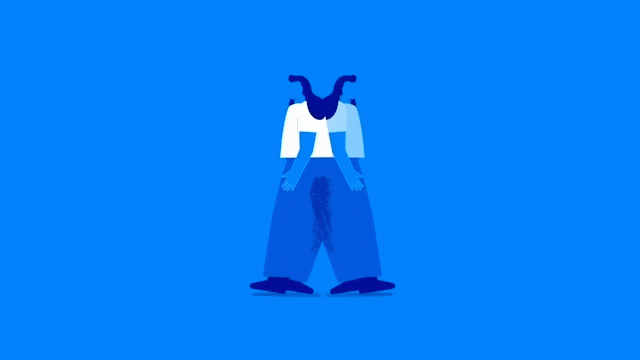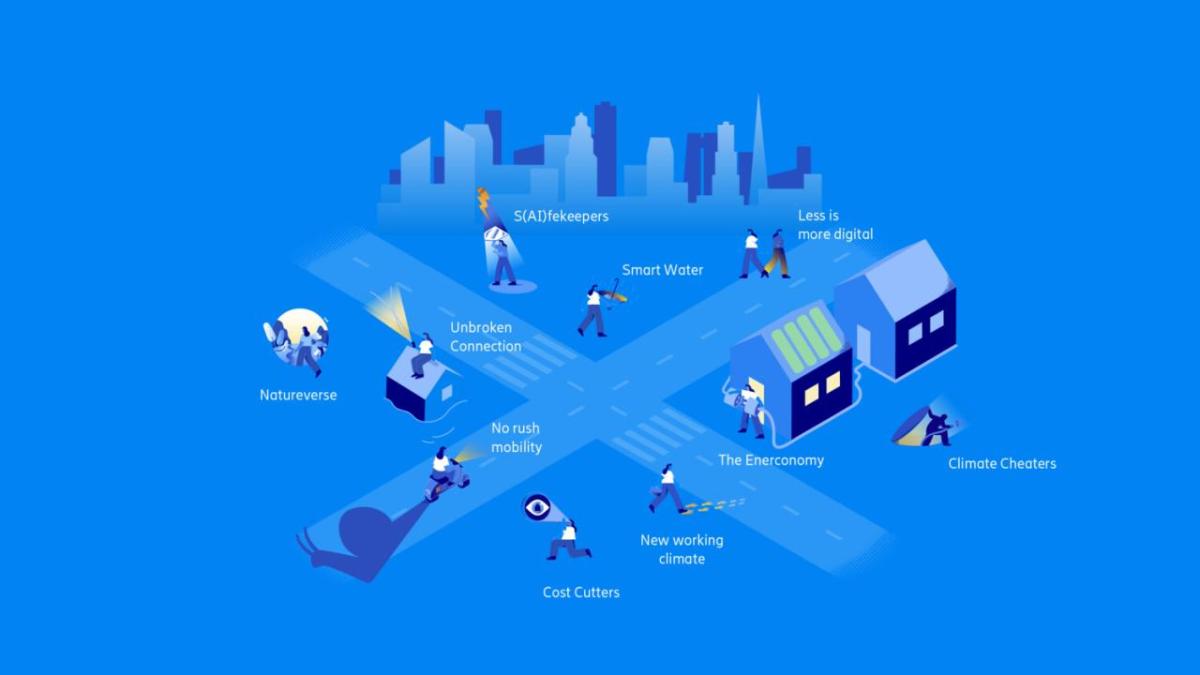Will We Choose Digital Over Physical Goods in Future? Time Will Tell
By Huani Yao Experienced Researcher ECL
Published 03-14-23
Submitted by Ericsson

Originally published by Ericsson
- 72% of early tech adopters believe that a shopping app that suggests alternative digital items will replace physical shopping needs in the 2030s.
- While it may take time for people to change their habits and become content with choosing digital over physical, it will ultimately help reduce environmental impact and conserve resources for future generations.
One day at the dinner table my 13-year-old daughter excitedly told us that she found a way to ‘wear’ many hats without buying them. As a parent I was immediately curious, so she showed me how.
She took me to a place where she could try on many different hat designs, snap a picture and then share with her friends. She and her friends would often meet here to talk about which hairstyle, makeup and dress color suited them best – and she had tens and hundreds of pictures as proof. She proudly told me that she didn’t have to buy them but was just happy to see how she looked in them. Apparently, this is something all her friends do these days! What a great idea! Enjoying the goods without purchasing or owning them!
But you won’t find this place in your local mall. To get here you’ll need three things: a smartphone, a connection and Snapchat. Because, as you might have already guessed, none of these hats, dresses, makeup, or accessories are real. They’re all virtual, and that got me to thinking: Is there a difference anymore?
Impact of dematerialization
Knowing how dire the situation is with climate change and global supply chain disruptions, there could be many upsides to replacing part of our physical consumption with digital alternatives in future.
In fact, many of today’s tech early adopters would agree. According to the recent 10 Hot Consumer Trends: Life in a Climate-Impacted Future report, as many as 72 percent of early adopters surveyed agree that a shopping app that suggests alternative digital items to replace physical shopping needs will be in use in the 2030s.
Does this have the potential to take off? I think so. Think about how we consume experiences today, for example, such as going to a movie theater, the gym or skiing. While this kind of consumption doesn’t involve physical goods, the amount of energy needed to get to the destination is becoming more costly given the energy crisis we are experiencing right now.
From my own personal experience, I haven’t been to a gym since the beginning of the pandemic. So how do I keep up with my exercise goal? I do it at home by following a workout video made by a trainer from far away. Is the experience great? No. Does it do the trick? Yes. Do I want to go back to the gym now that gyms are open? Absolutely not.
The truth is I have already found other things to do with the time saved from traveling to the gym. But do I long for a better experience? Definitely. Ideally, I’d like to be able feel the trainer closer to me, preferably right next to me, not only to instruct me but also cheer me along. I would also like to do it from the comfort of my home.
But will there be such solutions in future for people like to me use? Well, technically there already is. Nowadays it is possible to do virtual training sessions using a VR headset. This alternative gives a much more immersive experience than simply following a training video on a screen.
Above: Consumers say they want a new generation of ICT services and apps to help them adapt to tomorrow’s climate-related challenges. Explore them all in the latest Ericsson ConsumerLab report.

Adapting to a new reality
As a matter of fact, there is a VR headset at home right now on my desk. Why don’t I use it for my workout sessions? I’ve been pondering this a lot lately until my wise colleagues pointed out: I’m having a hard time changing my usual way of doing things! During the pandemic I was forced to change my routine, like many others, as there were simply fewer alternatives to choose between.
Today, without that external driving force, I’m reluctant to change my usual way of doing things. I find it inconvenient and time consuming to even turn on the VR headset and find the right app or even remember to charge it (even though I pretty much have to do the same with my computer or phone for the same training session).
For some reason I’m finding it difficult to move on from my computer or phone, even though I have a shiny new VR device at home. After some research, I found out that this is not unusual when it comes to consumers changing their habits or lifestyles.
We all know it takes a long time (even generations) and a lot of effort for people to change from one habit to another. Many people oftentimes hold on to their usual way of doing things until everybody around them has already changed, producing a self-inflicted 'fear of missing out’ effect. In my case, I will probably try harder to make more use of the VR headset on my desk, as otherwise I will be left out of a lot of fun activities my colleagues do!
Consumption, be it physical goods or intangible experiences, gives us not only ownership but also the pleasure of shopping and consuming. The shopping process can be an experience in itself and can be therapeutic for some people, bringing pleasure and comfort. While I don’t believe everyone will enjoy the digital way of consuming in future, I do hope, over time, more of us learn to become more content with consuming digital goods and experiences, just like how much enjoyment my daughter and her friends get with digitally wearing different hats or outfits.
Only then can we know for sure we are leaving some resources for our future generations.
Learn more about climate-impacted consumer choices
Ericsson's ConsumerLab studies the use and role of technology for consumers now and in the future. To do this, we interview more than 100 000 consumers each year, representing more than 1.1 billion voices. While personal finances, healthcare and safety have topped the global list of consumer worries for decades, climate change has now become one of the most reported concerns among consumers.
Explore the latest report in full here: 10 Hot Consumer Trends – Life in a Climate-Impacted Future
Explore more
Read the blog post: Why a dematerialized future is worth striving for
Read the blog post: Shopping for a dematerialized holiday with XR
Read the article: Digitalization enables enterprises to reach Net Zero

Ericsson
Ericsson
Ericsson is one of the leading providers of Information and Communication Technology (ICT) to service providers. We enable the full value of connectivity by creating game-changing technology and services that are easy to use, adopt, and scale, making our customers successful in a fully connected world.
Our comprehensive portfolio ranges across Networks, Digital Services, Managed Services and Emerging Business; powered by 5G and IoT platforms.
More from Ericsson

